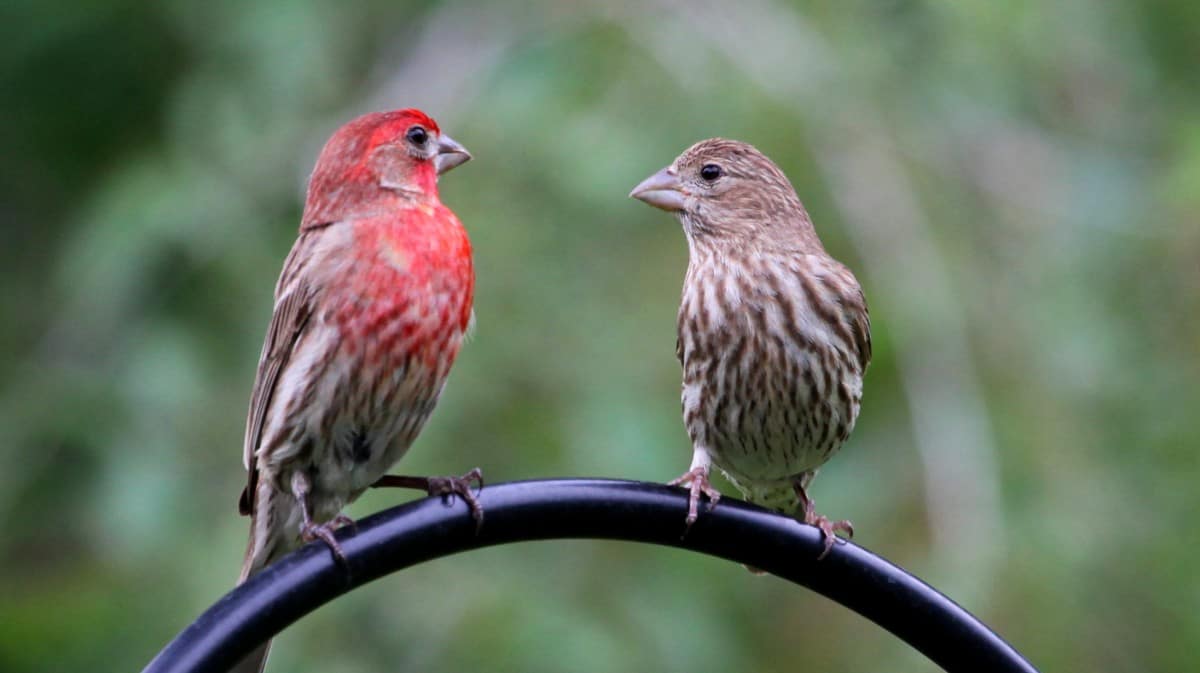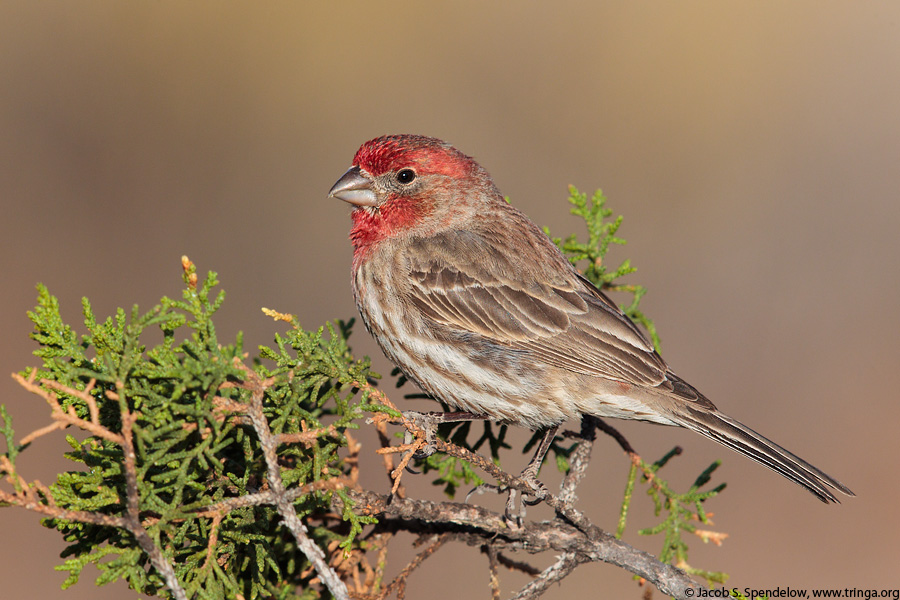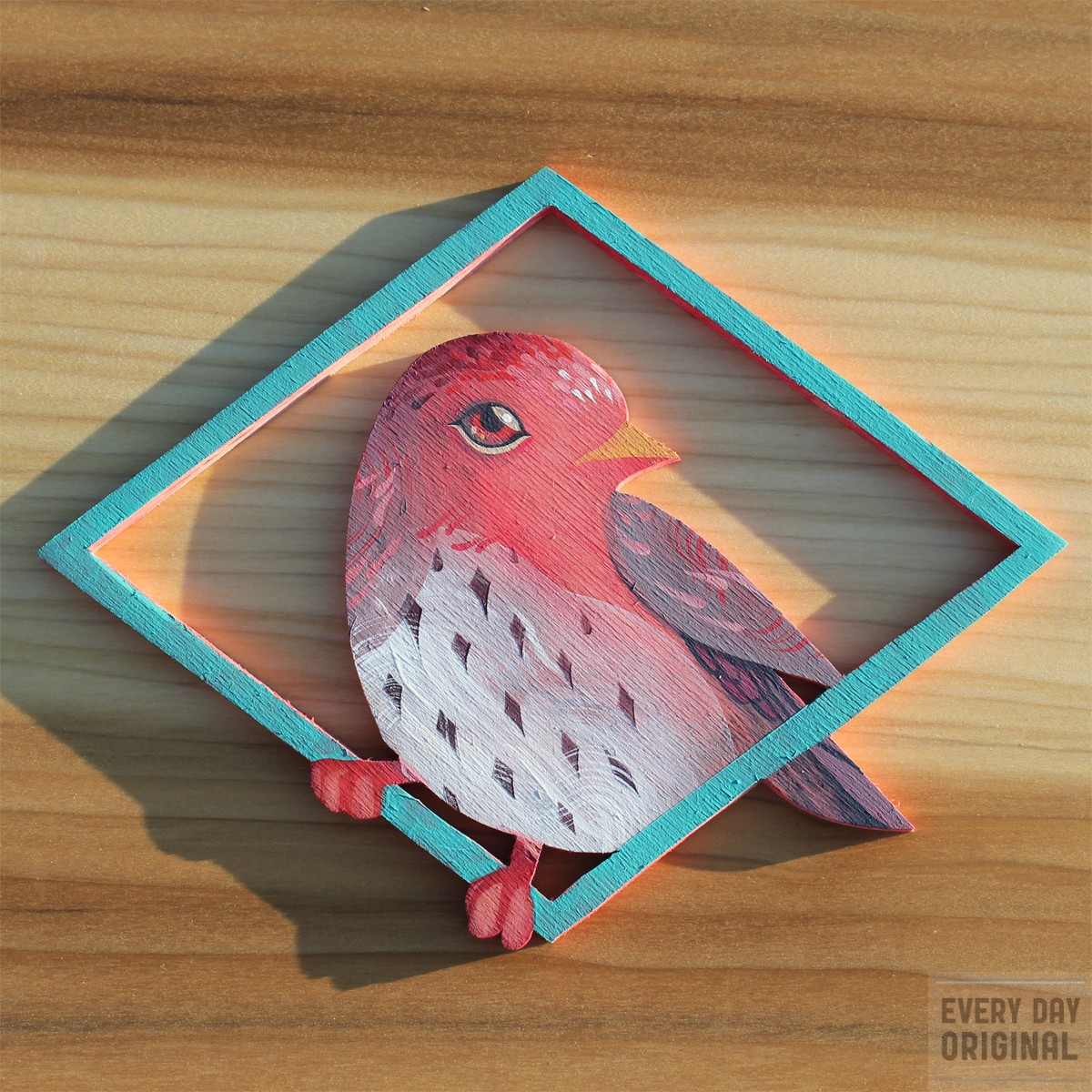
HOUSE FINCH HOW TO
How To Attract House Finches To Your Backyard Including such fruit in the feeding tray is your best bet for having healthy, happy house finches in your home.Īs a pet owner, one must also remember always to get organic food rather than processed or treated with harsh chemical pesticides, which can be disastrous for the delicate creature. Cherries are a particular favorite among the species. In the wild, where there is no shortage of orchards and fruit-bearing trees, house finches eat a large assortment of fruits like plums, strawberries, apricots, and figs, as well as blossoms. This further proved that House Finches don’t simply need water to live they just really enjoy drinking and bathing in it. House Finches also eat greens, as everyone should! Researchers observed that juicy greens like celery tops helped this bird survive without water for a week. As seed predation is the primary dietary behavior for house finches, a good idea would be to mix up various types of seeds to keep them interested in their dinner plates. They are also quite partial to niger seeds and safflower seeds. House Finches enjoy black oil sunflower seeds more than any other kind of sunflower seeds. But it is also essential to know how to give them balanced, nutritious meals as being captive means they cannot forage on their own. These chirping chaps would be a vibrant addition to any pet lover’s home. You can own House Finches if you have a permit.

Even in the summers, when pests are aplenty, they will only rarely prey on them. Their regular diet consists mainly of seeds, buds, and fruits. They seek out soil and areas with mineral deposits containing salt to gobble it up. This is especially important to the ladies as they are attracted to the male with the brightest feathers.Ī surprising addition to House Finch’s food choices is basic salt. This means that house finches who do not eat sufficiently red food end up with orange or yellow feathers. When a bird is molting and preparing to grow new feathers, the redness of the food decides how red its new plumage will be. Researchers believe that this is because birds cannot naturally produce red pigment, and the house finch’s food preferences decide its color. An interesting side effect of this food choice is that the plumage of Hawaiian house finches lacks red hues. This is due to their deep fondness for the papaya fruit. In Hawaii, House Finches are known as the papaya bird. Nestlings are also fed in the same manner by the parents, which is uncommon in the world of birds, where most granivores feed bugs to their young. Regurgitation is also part of the courtship ritual where the male deposits seed into the prospective mate’s beak. When incubating the eggs, the female depends on the male to bring seeds and regurgitate them. They hustle up seeds and plant parts by exploring the ground as well as trees. House Finches, however, are not among them.

Wild mustard seeds, mulberry, and poison oak are some of the options available in the wild.

Aphids are among the insects they prefer. Most birds switch from preying on pests to feeding on weed seeds, flower buds, and fruit, depending on the change of seasons and abundance of food. House Finches primarily live as vegetarians but are known to venture into an insectivorous diet also. Conclusion What Do House Finches Eat In The Wild.How To Attract House Finches To Your Backyard.


 0 kommentar(er)
0 kommentar(er)
